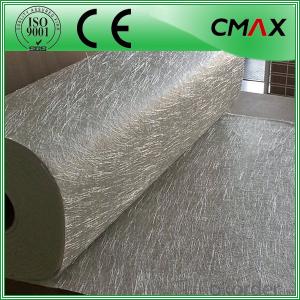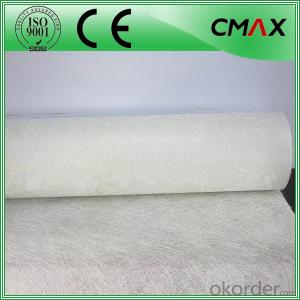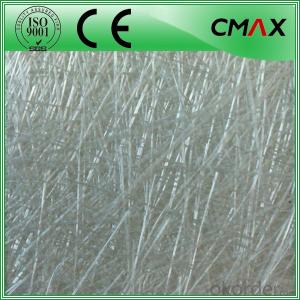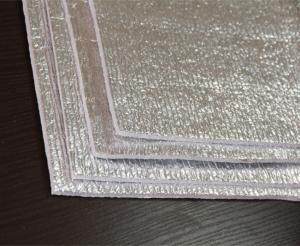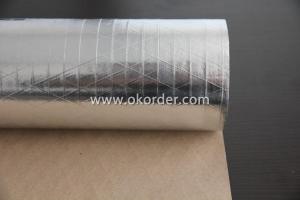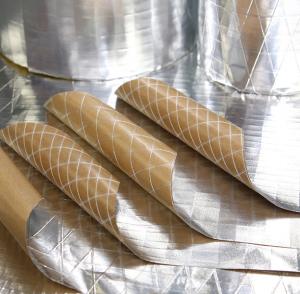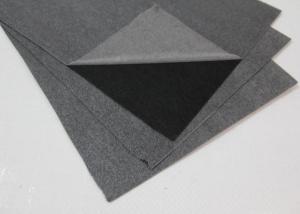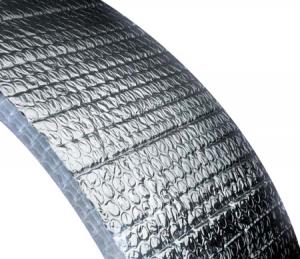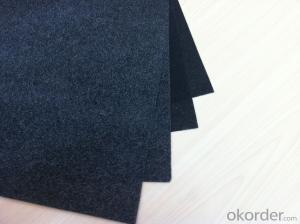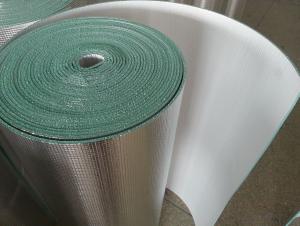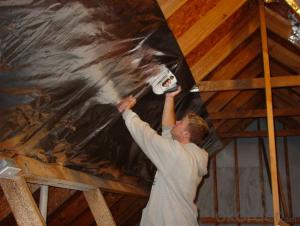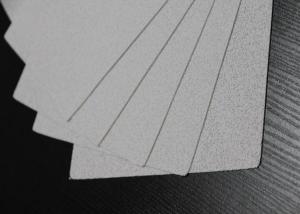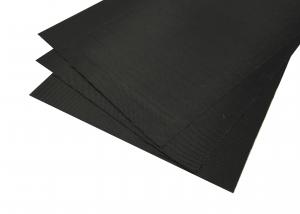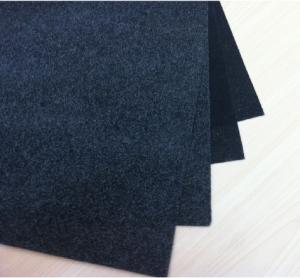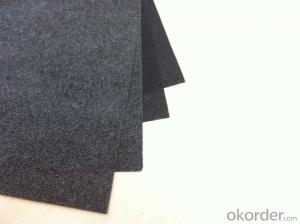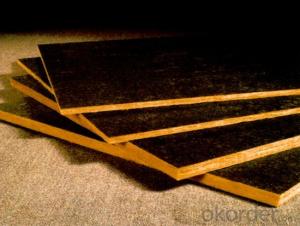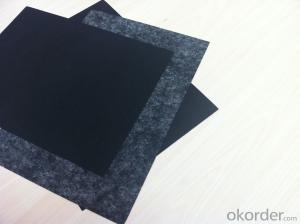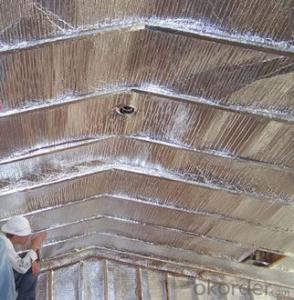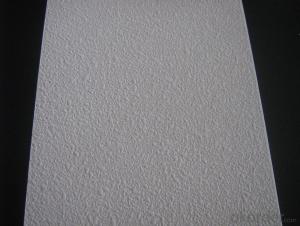E-glass Fiberglass Chopped Strand Mat Factory
- Loading Port:
- China main port
- Payment Terms:
- TT OR LC
- Min Order Qty:
- 1000 kg
- Supply Capability:
- 1000000 kg/month
OKorder Service Pledge
OKorder Financial Service
You Might Also Like
Item specifice
E-glass Fiberglass Chopped Strand Mat Factory
Introduction:
Fiberglass chopped strand mat is a non-woven E-or C-glassfiber mat, product manufactured by spreading continuous filament roving of 50mm in length randomly and uniformly in combination with polyester binder in powder form (or other binder in emulsion from). This product is characterized by good combination of resin, easy operation, good wet strength retention, good laminate transparency and low cost. It is suitable for the applications of hand lay-up FRP moldings, such as various sheets and panels, boat hulls, bath tubs, cooling towers, corrosion resistant, vehicles etc.
Function:
Fiberglass chopped strand mat is chopped using the "E" chopped glass and emulsion adhesive bond. It is suitable for hand lay and can enhance the unsaturaed ployester resins.
Technical Data:
| PRODUCT | TYPE | WEIGHT (G/M2) | WIDTH(MM) | ROLL WIEHGT (KG) | MOISTURE CONTENT(%) | BREAKAGE STRENGTH (N) | BINDER CONTENT(%) |
| EMC100 | E/C-GLASS | 100±30 | 200-3300 | 30-90 | < 0.2 | 170 | 8-13 |
| EMC150 | E/C-GLASS | 150±30 | 200-3300 | 30-90 | < 0.2 | 40 | 5-8 |
| EMC225 | E/C-GLASS | 225±30 | 200-3300 | 30-90 | < 0.2 | 60 | 4-7 |
| EMC300 | E/C-GLASS | 300±30 | 200-3300 | 30-90 | < 0.2 | 90 | 3-6 |
| EMC450 | E/C-GLASS | 450±30 | 200-3300 | 30-90 | < 0.2 | 120 | 2-5 |
| EMC600 | E/C-GLASS | 600±30 | 200-3300 | 30-90 | < 0.2 | 150 | 2-5 |
| EMC900 | E/C-GLASS | 900±30 | 200-3300 | 30-90 | < 0.2 | 180 | 2-5 |
Products Shows:

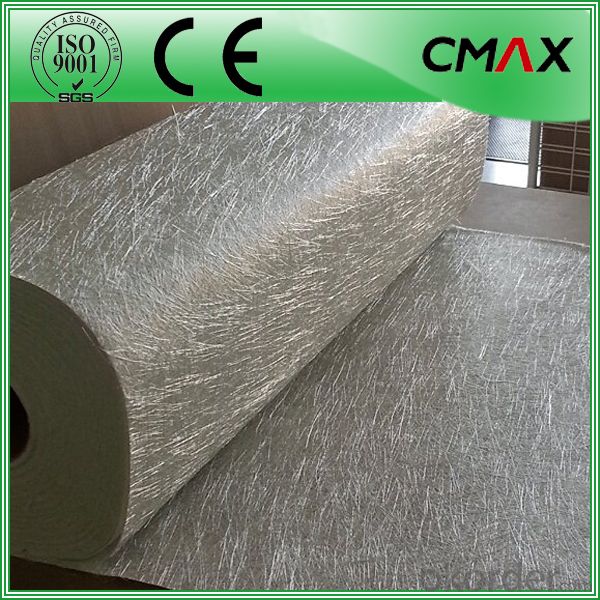
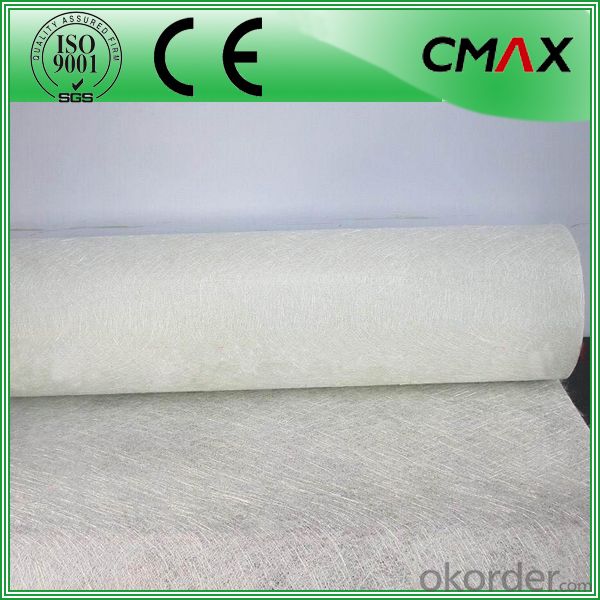
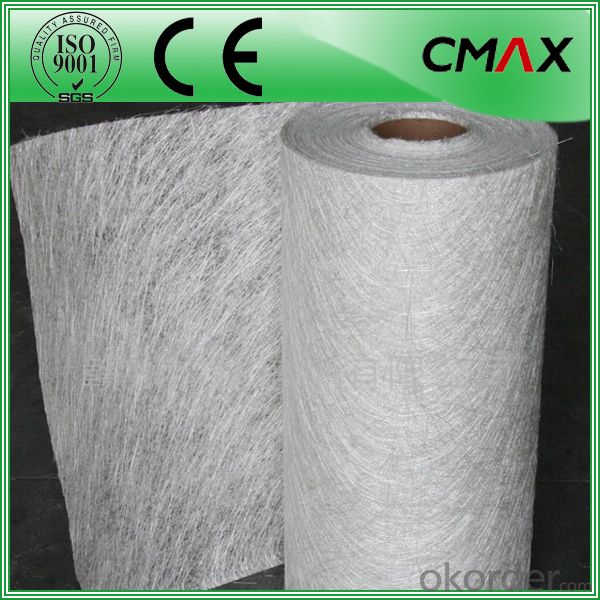
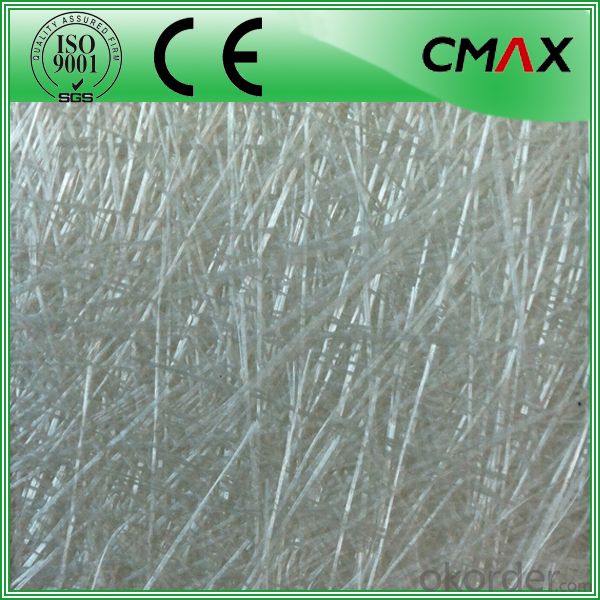
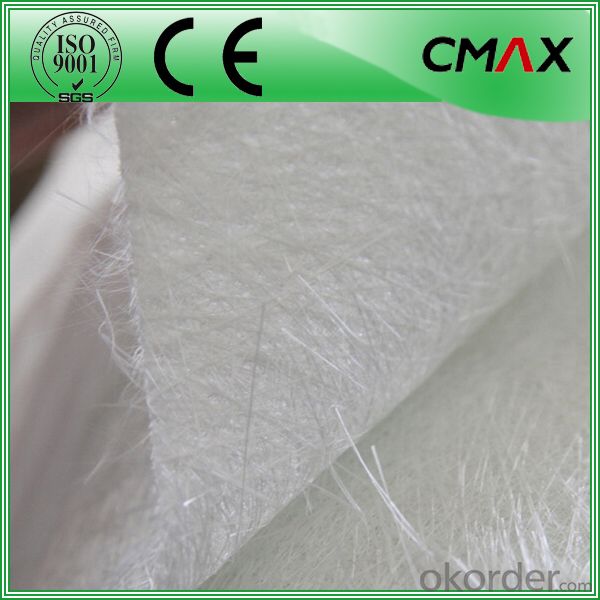
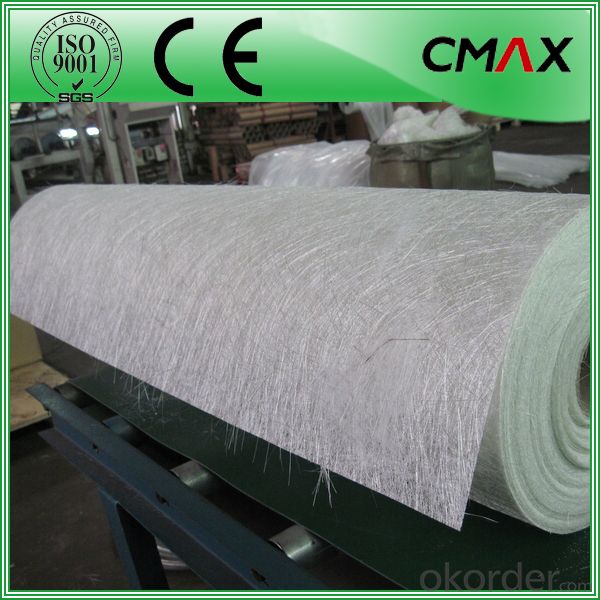
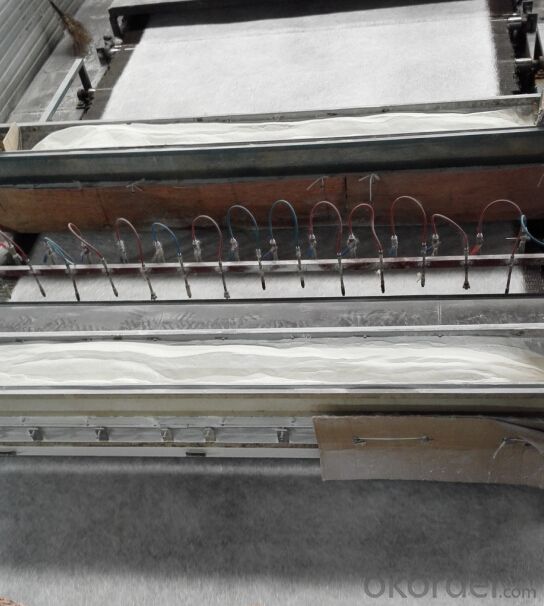
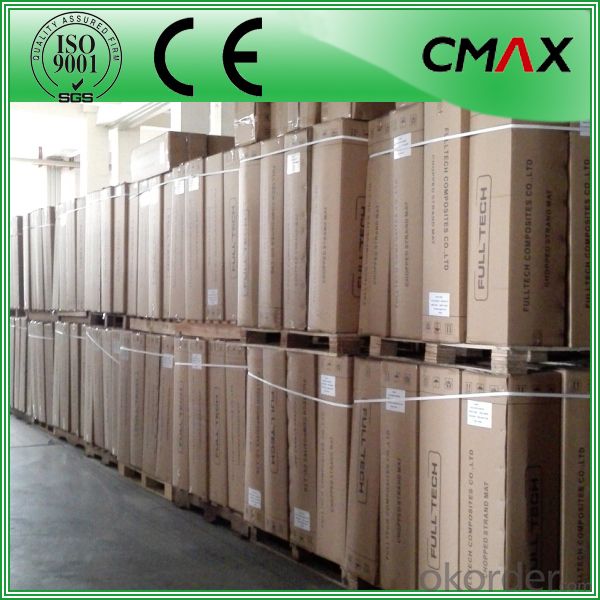
Certificates:
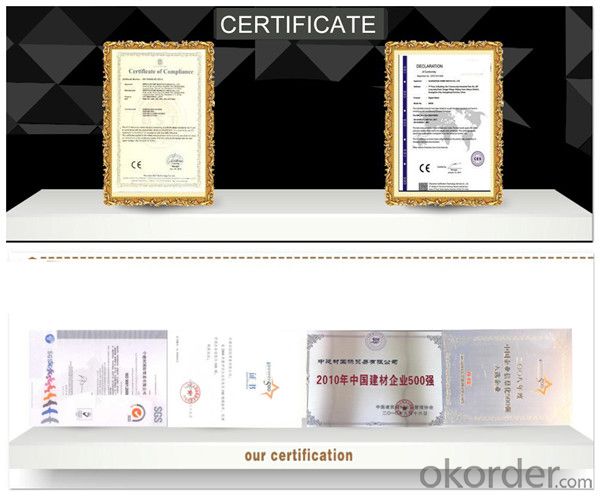
- Q:What is the typical thickness of fiberglass facing?
- The typical thickness of fiberglass facing ranges from 0.2 to 1.0 millimeters.
- Q:Can fiberglass facing be used in both residential and commercial buildings?
- Yes, fiberglass facing can be used in both residential and commercial buildings. It is a versatile material that offers insulation, soundproofing, and moisture resistance, making it suitable for various applications in both types of buildings.
- Q:How is fiberglass facing installed?
- Fiberglass facing is typically installed in a few simple steps. First, the surface where the fiberglass is going to be installed should be clean, dry, and free of any dust or debris. This ensures proper adhesion of the facing. Next, the fiberglass facing is carefully unrolled and cut to the desired size, making sure to leave a little extra material on each side to ensure complete coverage. The facing is then positioned over the surface and pressed down firmly, starting from the center and working towards the edges. To secure the fiberglass facing in place, an adhesive or adhesive tape is applied along the edges, ensuring a tight seal. It is important to smooth out any wrinkles or air bubbles that may have formed during the installation process. In some cases, mechanical fasteners such as staples or nails may be used to further secure the fiberglass facing, especially in high-impact areas or where extra reinforcement is needed. Overall, the installation of fiberglass facing is a relatively straightforward process that requires attention to detail and proper surface preparation. Following these steps will ensure a successful installation that provides durability and protection.
- Q:Does fiberglass facing help with soundproofing?
- Yes, fiberglass facing can help with soundproofing. Fiberglass has excellent sound absorption properties, and when used as a facing material, it can enhance the soundproofing capabilities of walls, ceilings, or other surfaces. The facing acts as a barrier, reducing the transmission of sound waves through the material, thereby reducing noise transfer between spaces.
- Q:How does fiberglass facing contribute to energy efficiency in buildings?
- Enhancing energy efficiency in buildings is a crucial role played by fiberglass facing. Typically used as insulation, this material acts as a barrier against heat transfer, thus reducing the energy required to maintain a comfortable indoor temperature. A primary contribution of fiberglass facing to energy efficiency is its high thermal resistance, also known as R-value. This value measures the resistance to heat flow, and fiberglass insulation with facing possesses a higher R-value compared to materials without facing. Consequently, it effectively prevents heat transfer between the inside and outside of a building, reducing the need for excessive heating or cooling. Moreover, fiberglass facing, when properly installed, aids in creating an airtight seal. This prevents drafts and air leaks from infiltrating, which can have a significant impact on energy efficiency. By sealing these gaps, fiberglass facing helps maintain a consistent indoor temperature and reduces the workload on heating and cooling systems. Another noteworthy aspect is that fiberglass facing acts as a vapor barrier, impeding the movement of moisture through the insulation. This reduces the risk of condensation and subsequent damage to the building structure. By controlling moisture, fiberglass facing contributes to the overall durability and longevity of the insulation system. Additionally, fiberglass facing exhibits fire-resistant properties, which are crucial for building safety. In the event of a fire, it helps slow down the spread of flames, providing occupants with valuable time to evacuate and emergency services with time to respond. In conclusion, fiberglass facing is a cost-effective and efficient solution for improving energy efficiency in buildings. Its high R-value, ability to create an airtight seal, moisture control capabilities, and fire resistance all contribute to reducing energy consumption, lowering utility costs, and creating a more comfortable and sustainable indoor environment.
- Q:Can fiberglass facing be painted or customized?
- Certainly! Fiberglass facing has the capability to be painted or personalized. Fiberglass, known for its versatility, can be easily painted with a variety of paint types, including acrylic or oil-based options. Prior to painting, it is crucial to adequately prepare the surface by thoroughly cleaning it and eliminating any dirt or debris. Additionally, it is advisable to utilize a primer to enhance adhesion and guarantee a polished outcome. Once the primer has dried, you can proceed to apply the desired paint color or personalize the fiberglass facing through the use of stencils, decals, or other decorative techniques. Nevertheless, if the fiberglass facing is going to be exposed to harsh weather conditions, it is vital to utilize paint and materials suitable for outdoor use. By undertaking the appropriate preparations and utilizing the right paint, fiberglass facing can be painted or personalized to satisfy your specific aesthetic preferences or design requirements.
- Q:How does fiberglass facing improve insulation?
- By adding a layer of fiberglass facing, the insulation material is improved as it receives an extra layer of protection. This facing acts as a barrier, preventing the entry or escape of air and moisture from the insulation. This not only helps maintain the desired temperature inside the insulated area but also prevents the growth of mold or mildew. Moreover, the facing strengthens and increases the durability of the insulation, making it more resilient against damage and ensuring its longevity. Additionally, it enhances the fire resistance of the insulation, providing an additional level of safety. Overall, the fiberglass facing enhances the insulation's thermal performance, resistance to moisture, durability, and safety.
- Q:What are the benefits of using fiberglass facing?
- There are several benefits of using fiberglass facing in various applications. Firstly, fiberglass facing offers excellent strength and durability, making it highly resistant to cracking, warping, and other forms of damage. This makes it ideal for use in construction and structural applications where strength and longevity are important factors. Additionally, fiberglass facing provides excellent thermal insulation properties. It has a low thermal conductivity, meaning it can effectively prevent heat transfer and maintain a consistent temperature in both hot and cold environments. This makes it a popular choice for insulation in buildings, HVAC systems, and other applications where energy efficiency is a key consideration. Another advantage of fiberglass facing is its resistance to moisture and corrosion. It is non-porous and does not absorb water, making it highly resistant to mold, mildew, and rot. This makes it a suitable material for use in damp or humid environments, such as bathrooms and kitchens. Furthermore, fiberglass facing is lightweight and easy to handle, making it convenient to install and transport. It can be easily cut and shaped to fit various surfaces and configurations, allowing for flexibility in design and installation. Its lightweight nature also reduces the strain on supporting structures, making it a cost-effective choice for construction projects. Lastly, fiberglass facing is available in a wide range of sizes, thicknesses, and finishes, allowing for customization to meet specific project requirements. It can be coated or laminated with different materials to enhance its performance, such as adding a vapor barrier or reflective surface. This versatility makes it suitable for a variety of applications in industries ranging from construction to transportation. In summary, the benefits of using fiberglass facing include its strength and durability, thermal insulation properties, resistance to moisture and corrosion, lightweight nature, and customization options. These advantages make it a popular choice in various industries where these characteristics are valued.
- Q:Can fiberglass facing be recycled?
- Yes, fiberglass facing can be recycled.
- Q:Is fiberglass facing resistant to moisture or water damage?
- Yes, fiberglass facing is resistant to moisture and water damage. Fiberglass is composed of fine glass fibers woven together, which creates a strong and durable material. These fibers do not absorb moisture, making fiberglass facing highly resistant to water damage. It is commonly used in applications where moisture or water exposure is expected, such as in bathrooms, kitchens, and outdoor areas. Additionally, fiberglass facing is also resistant to mold and mildew growth, further enhancing its ability to withstand moisture.
1. Manufacturer Overview |
|
|---|---|
| Location | |
| Year Established | |
| Annual Output Value | |
| Main Markets | |
| Company Certifications | |
2. Manufacturer Certificates |
|
|---|---|
| a) Certification Name | |
| Range | |
| Reference | |
| Validity Period | |
3. Manufacturer Capability |
|
|---|---|
| a)Trade Capacity | |
| Nearest Port | |
| Export Percentage | |
| No.of Employees in Trade Department | |
| Language Spoken: | |
| b)Factory Information | |
| Factory Size: | |
| No. of Production Lines | |
| Contract Manufacturing | |
| Product Price Range | |
Send your message to us
E-glass Fiberglass Chopped Strand Mat Factory
- Loading Port:
- China main port
- Payment Terms:
- TT OR LC
- Min Order Qty:
- 1000 kg
- Supply Capability:
- 1000000 kg/month
OKorder Service Pledge
OKorder Financial Service
Similar products
New products
Hot products
Related keywords
